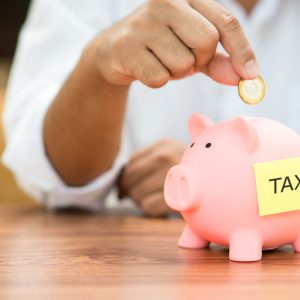
According to an analysis of HMRC figures by Coventry Building Society, the average stamp duty tax bill came to £16,436, which is based on an average property value of £261,164.
London had the highest average stamp duty bill at £46,375 assuming an average property value of £775,000.
This was followed by the South East with a stamp duty tax bill of £21,375 and the South West at £14,833. The figures are based on average property values on £448,750 and £339,667 respectively.
The North East had the lowest average stamp duty bill at £4,667 with an average property value of £143,000.
Yorkshire and the Humber and East Midlands took second and third spot with £6,000 and £7,000 average stamp duty bill apiece.
Average property prices in those areas were pegged at £262,330 and £202,400 respectively.
Just under half (45 per cent) of stamp duty receipts in 2021/2022 came from additional properties accounting for £4.5bn.
‘Stamp duty for second properties is eye-opening’
Jonathan Stinton, head of intermediary relationships at Coventry Building Society, said: “The amount being spent on stamp duty for second properties is eye-opening but unsurprising as it was designed to increase the tax take.
“Since the three per cent surcharge was introduced in 2016, the average tax bill on an additional property has not dipped below £14,000 – that serves as a disincentive for any would-be landlords looking to enter the private rental sector.”
He added: “The country needs a strong private rental sector to help provide homes for those who are waiting to buy or simply choosing not to buy. A shortage of landlords could become a problem for those looking to rent, as fewer rental properties could make finding a home more difficult as well as pushing rent payments even higher.”















